-
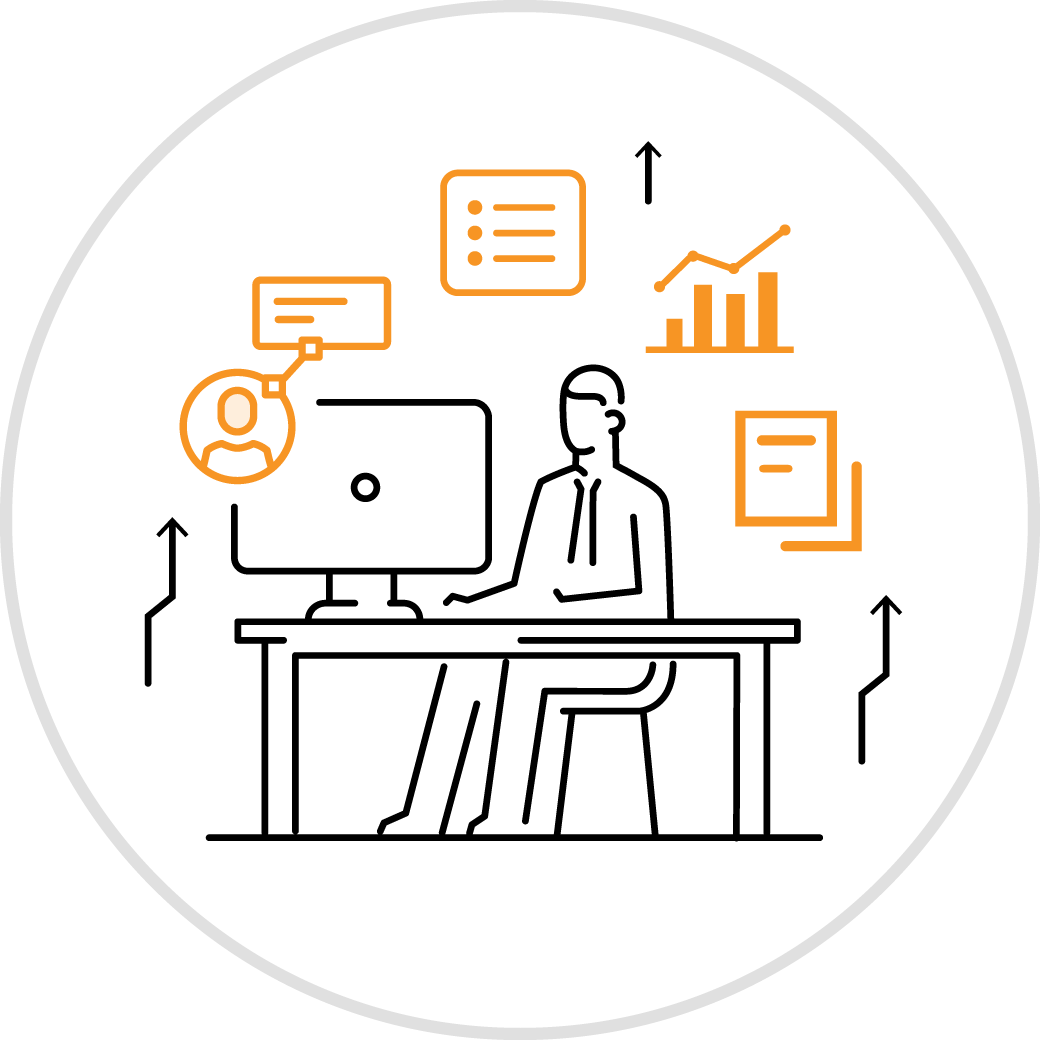
Navigating the intricacies of lease management can often feel like threading a needle in a haystack. Amidst the myriad of terms, conditions, and financial intricacies, ensuring that every detail aligns with your lease agreement is paramount. But where does one begin?
Enter the Lease Audit Checklist - your compass in the vast landscape of lease auditing.
In this blog, we'll unravel the essential components of a thorough lease audit, providing you with a step-by-step guide to ensure accuracy, compliance, and peace of mind. Whether you're new to the realm of lease management or seeking to refine your auditing process, this checklist is tailored to be your essential companion. Join us as we break down the art and science of lease auditing, one checklist item at a time. Here's a comprehensive checklist to guide you through the lease accounting audit process: -
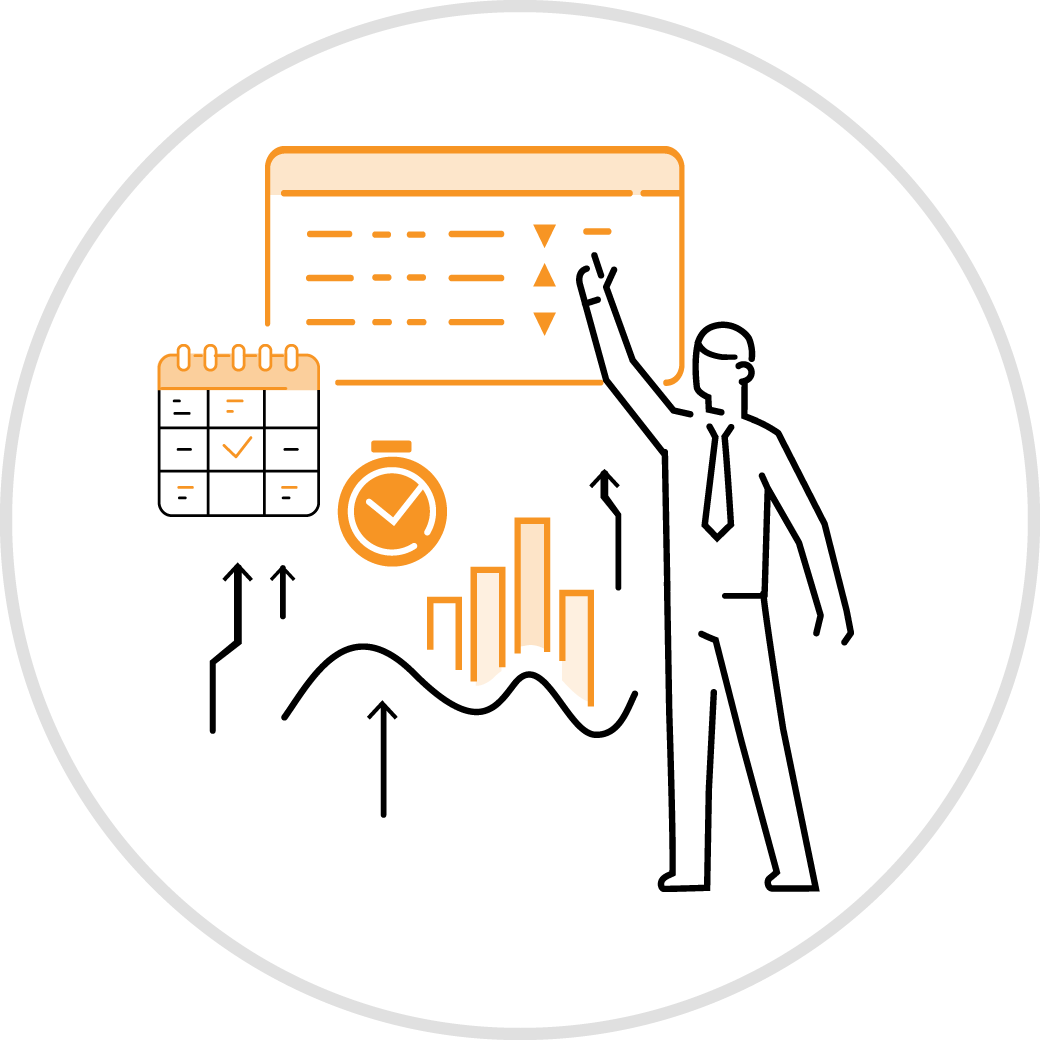
1. Lease Identification & Inventory
- Lease Documentation: Ensure all lease agreements, amendments, and related documents are available
- Lease Inventory: Maintain a master list of all current leases, including their start and end dates.
- Embedded Leases: Identify and list any leases embedded within other contracts or agreements.
-
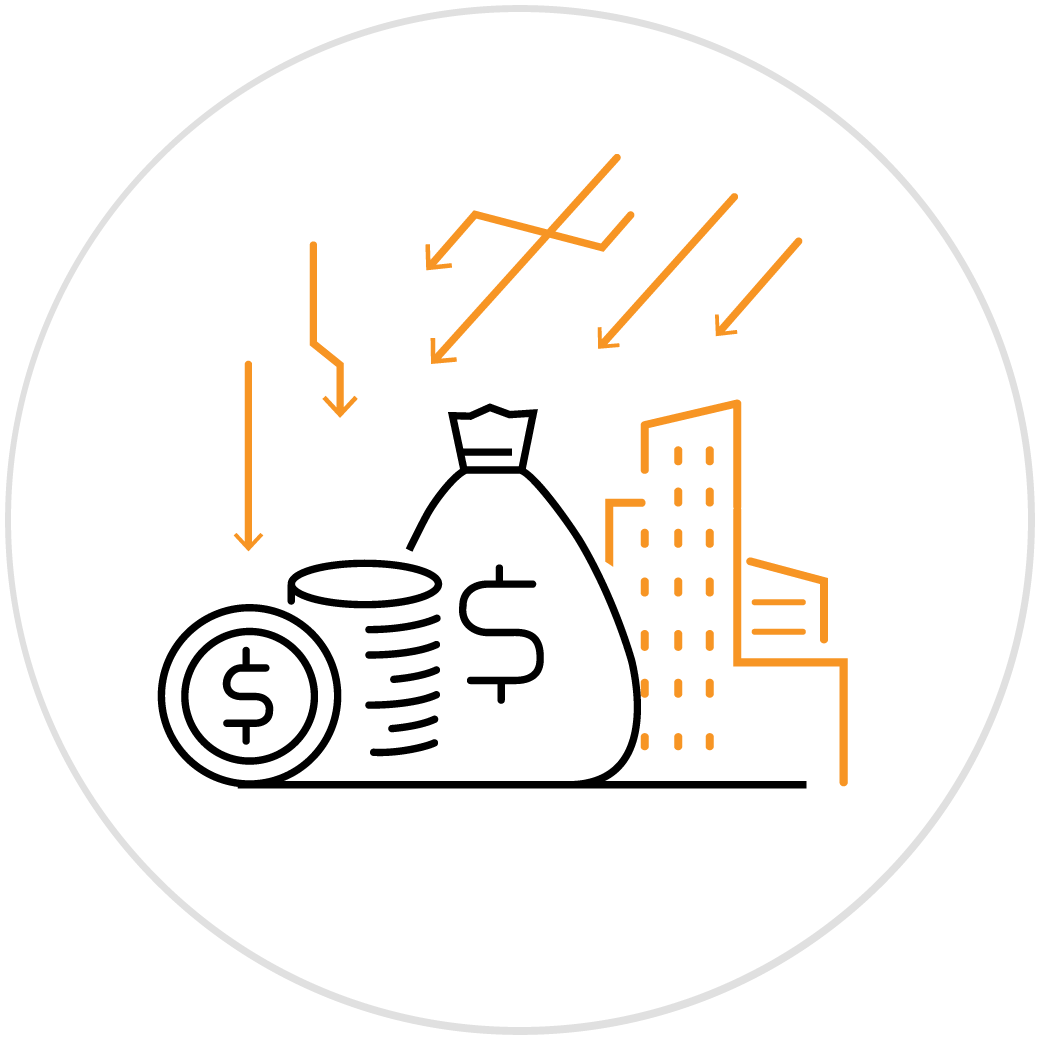
2. Financial Terms & Calculations
- Base Rent: Confirm the base rent amounts against the lease agreement.
- Rent Escalations: Verify any scheduled rent increases and ensure they've been applied correctly.
- Additional Charges: Check for any additional charges such as maintenance, utilities, or common area expenses.
- Security Deposits: Confirm the amount and terms of any security deposits held.
- Lease Incentives: Identify any rent abatements, fit-out contributions, or other incentives and confirm they've been accounted for correctly.
-

3. Lease Classification
- Classification Criteria: Determine if the lease is an operating or finance lease based on ASC 842 criteria.
- Documentation: Maintain documentation justifying the lease classification.
-
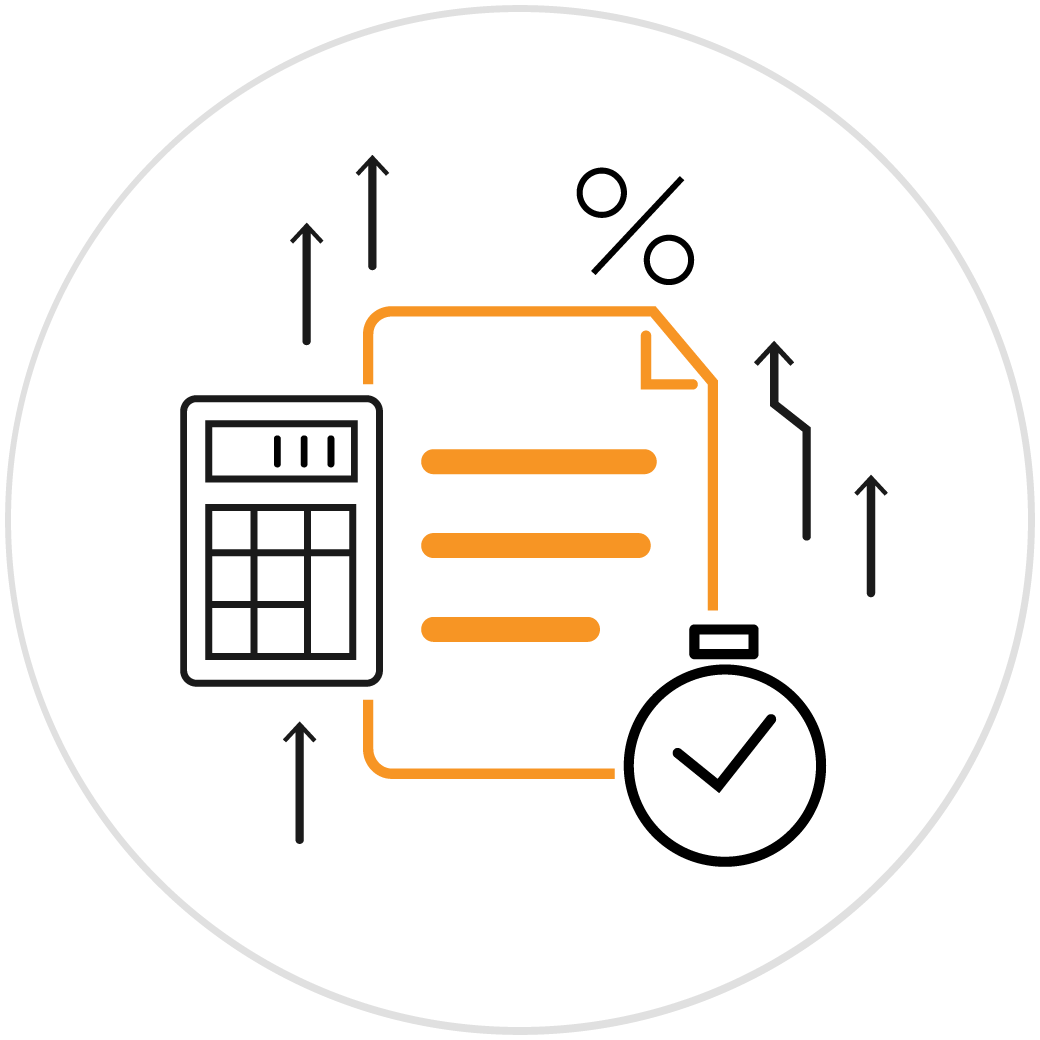
4. Right-of-Use (ROU) Assets & Liabilities
- Initial Recognition: Ensure ROU assets and lease liabilities are initially recognized at the lease commencement date.
- Subsequent Measurement: Review calculations for any adjustments to ROU assets and liabilities due to lease modifications or other factors.
- Impairment: Check if there's any impairment of ROU assets and ensure it's properly accounted for.
-
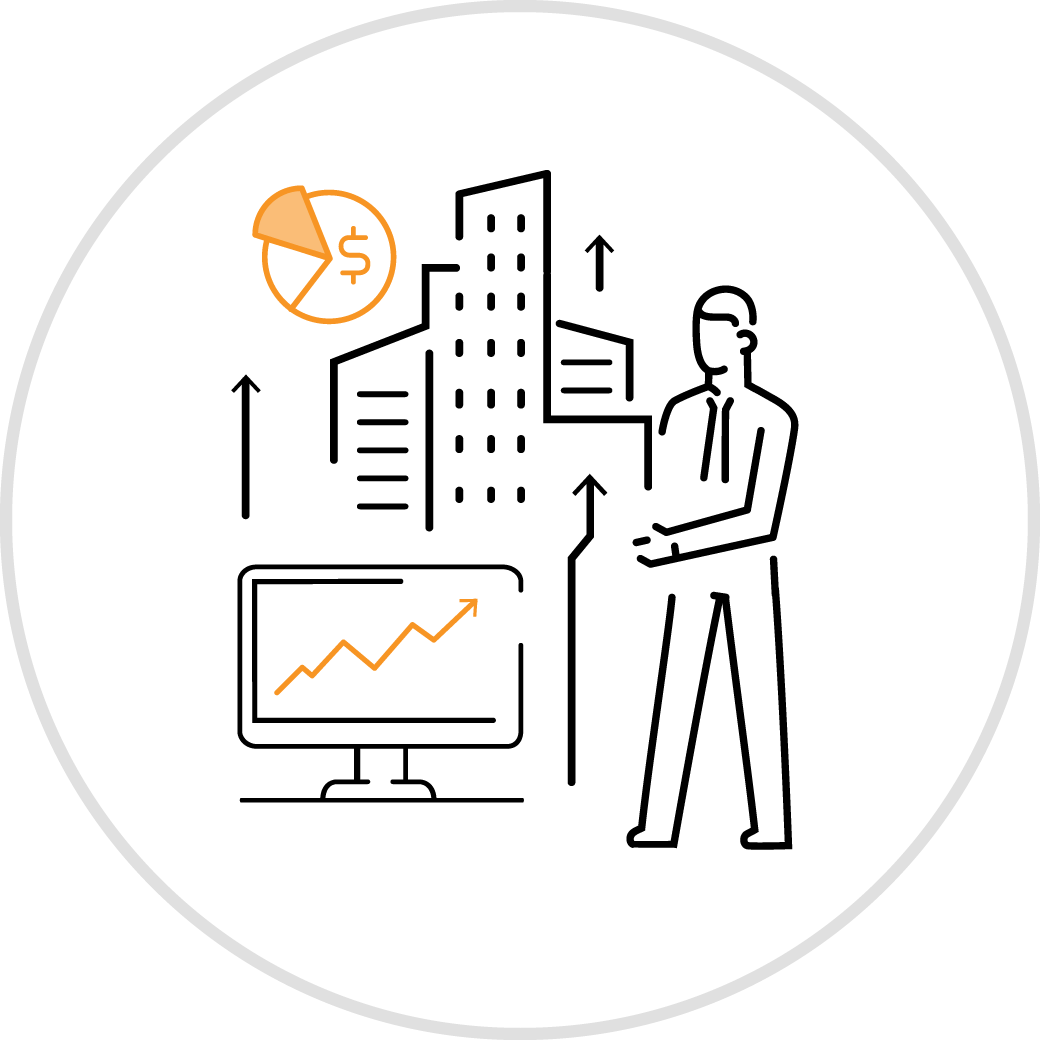
5. Lease Term & Options
- Lease Term: Confirm the lease term against the lease agreement.
- Renewal Options: Document any options to renew the lease and whether they're likely to be exercised.
- Termination Options: Note any options to terminate the lease early and the associated penalties or costs.
-
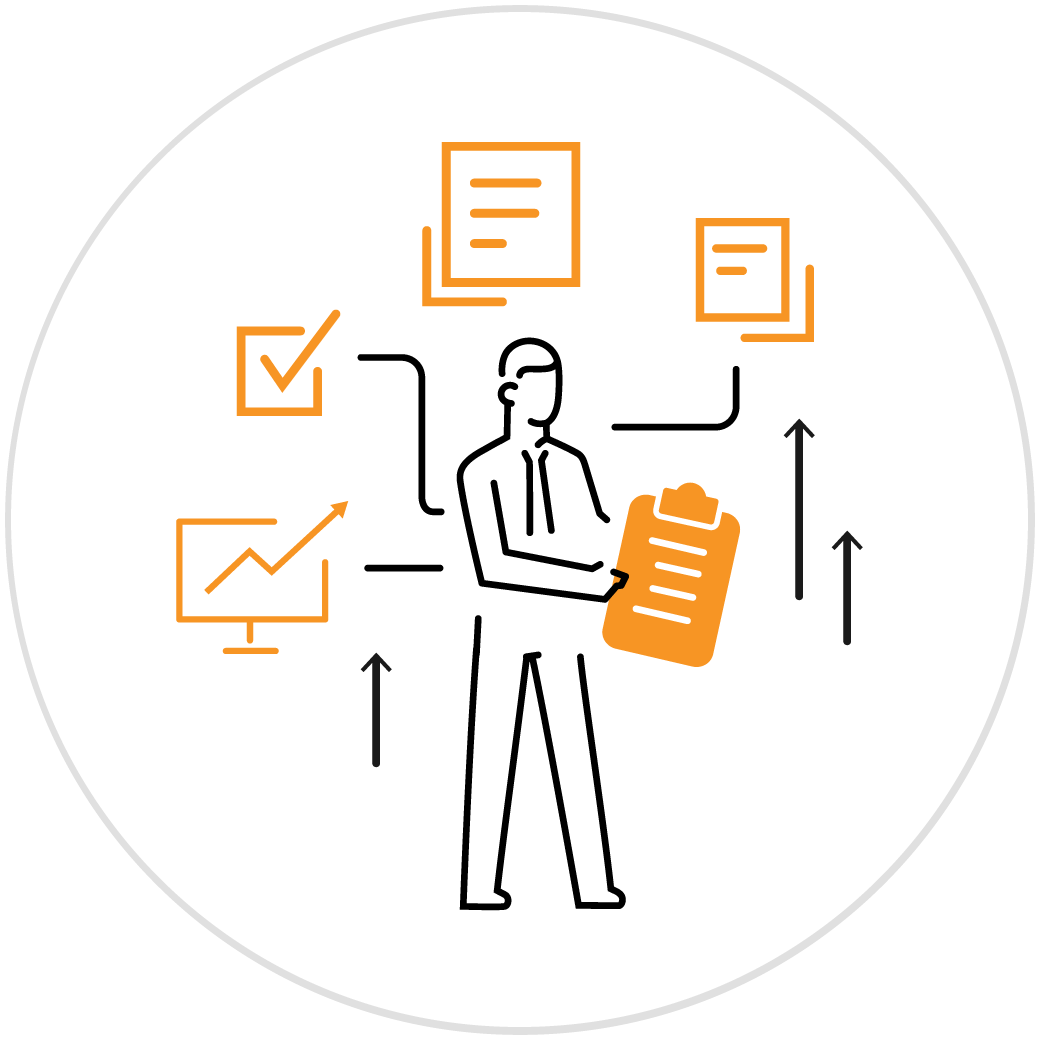
6. Financial Disclosures
- Qualitative Disclosures: Ensure there's adequate description of the leasing arrangements, including the nature of assets and any restrictions or covenants.
- Quantitative Disclosures: Confirm that financial information, such as future lease payments and weighted-average lease term, is disclosed.
-
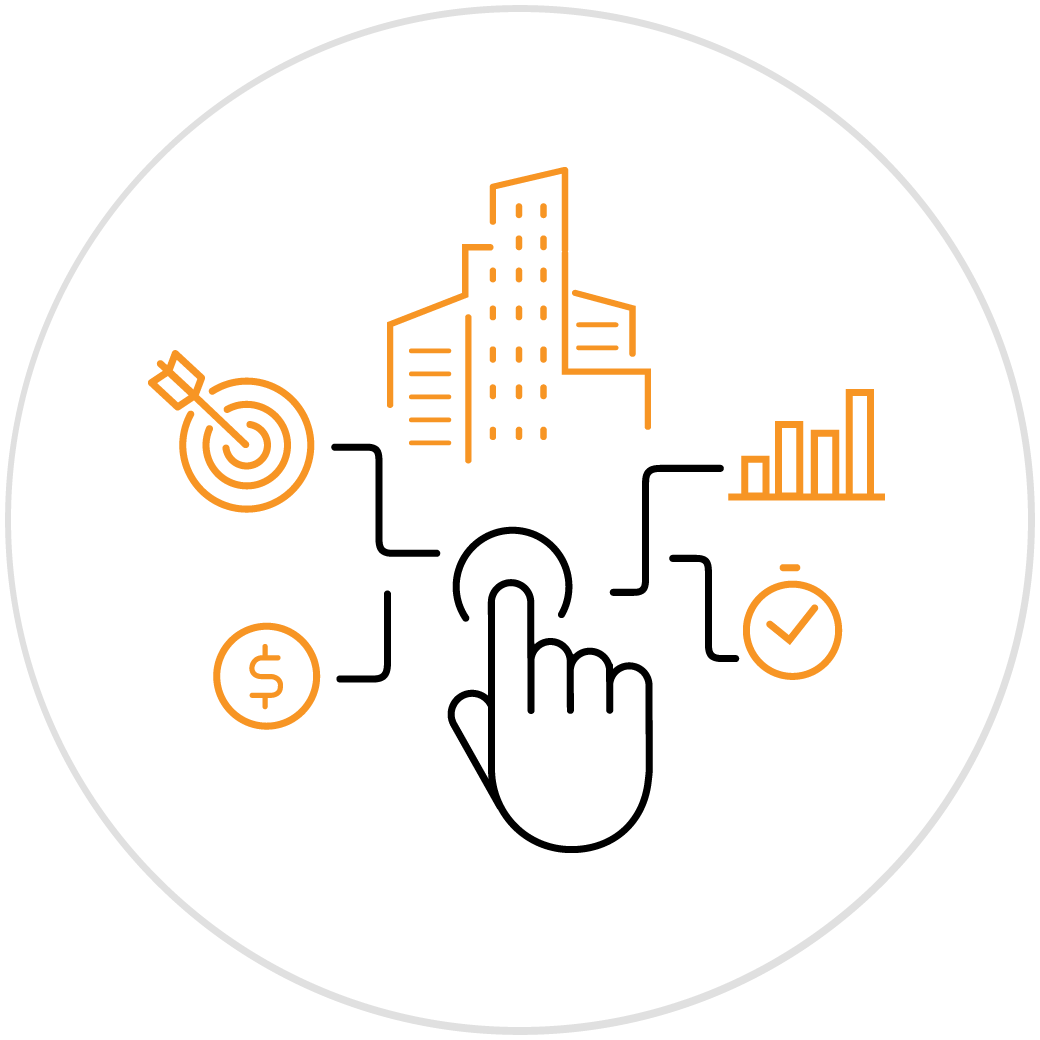
7. Subleases & Sale-Leaseback Transactions
- Sublease Identification: Document any subleases and their respective terms.
- Sale-Leaseback: Identify any sale-leaseback transactions and ensure they've been accounted for correctly.
-
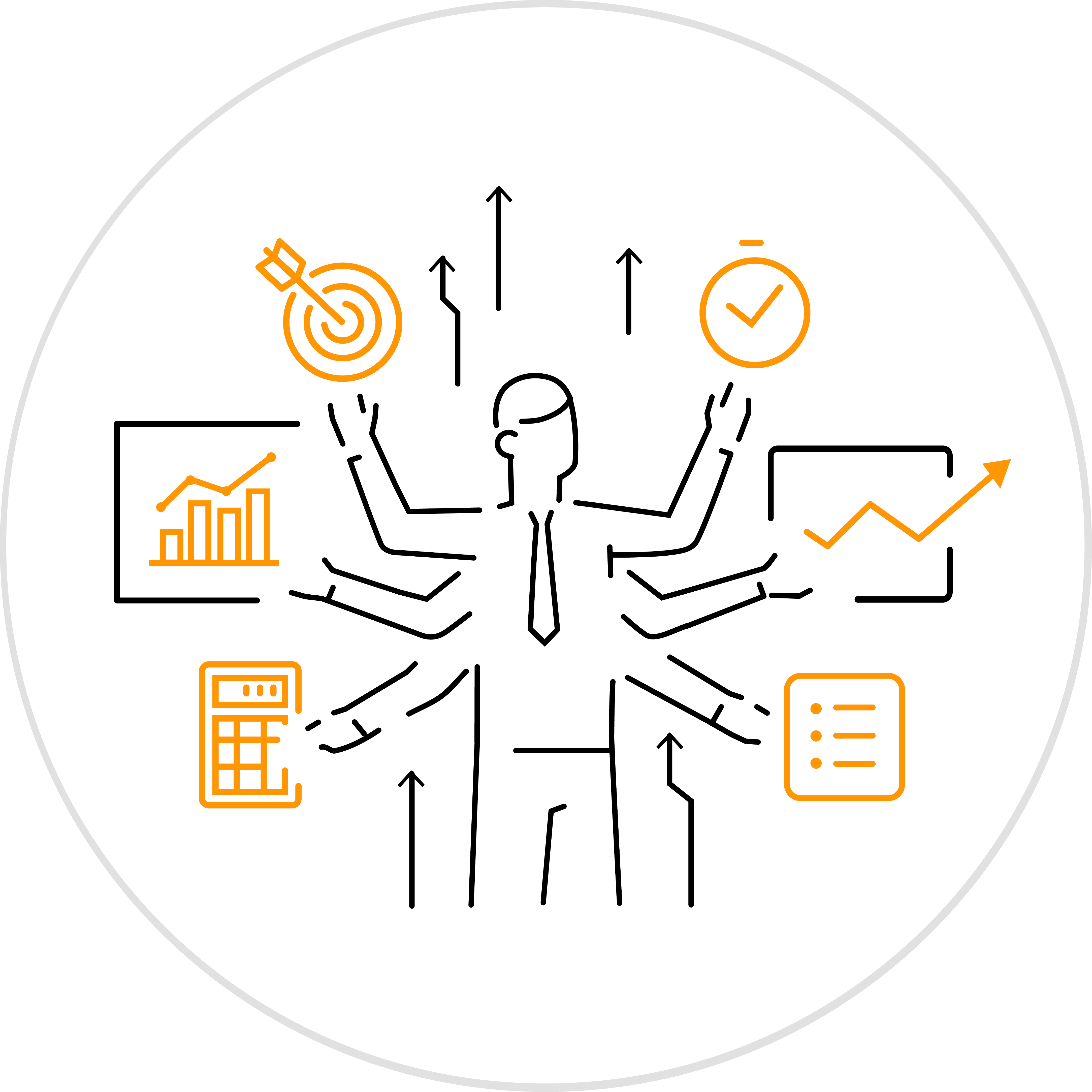
8. Lease Modifications & Reassessments
- Modification Documentation: Document any changes to the original lease terms.
- Reassessments: Reassess lease classification or measurement if there are significant modifications.
-
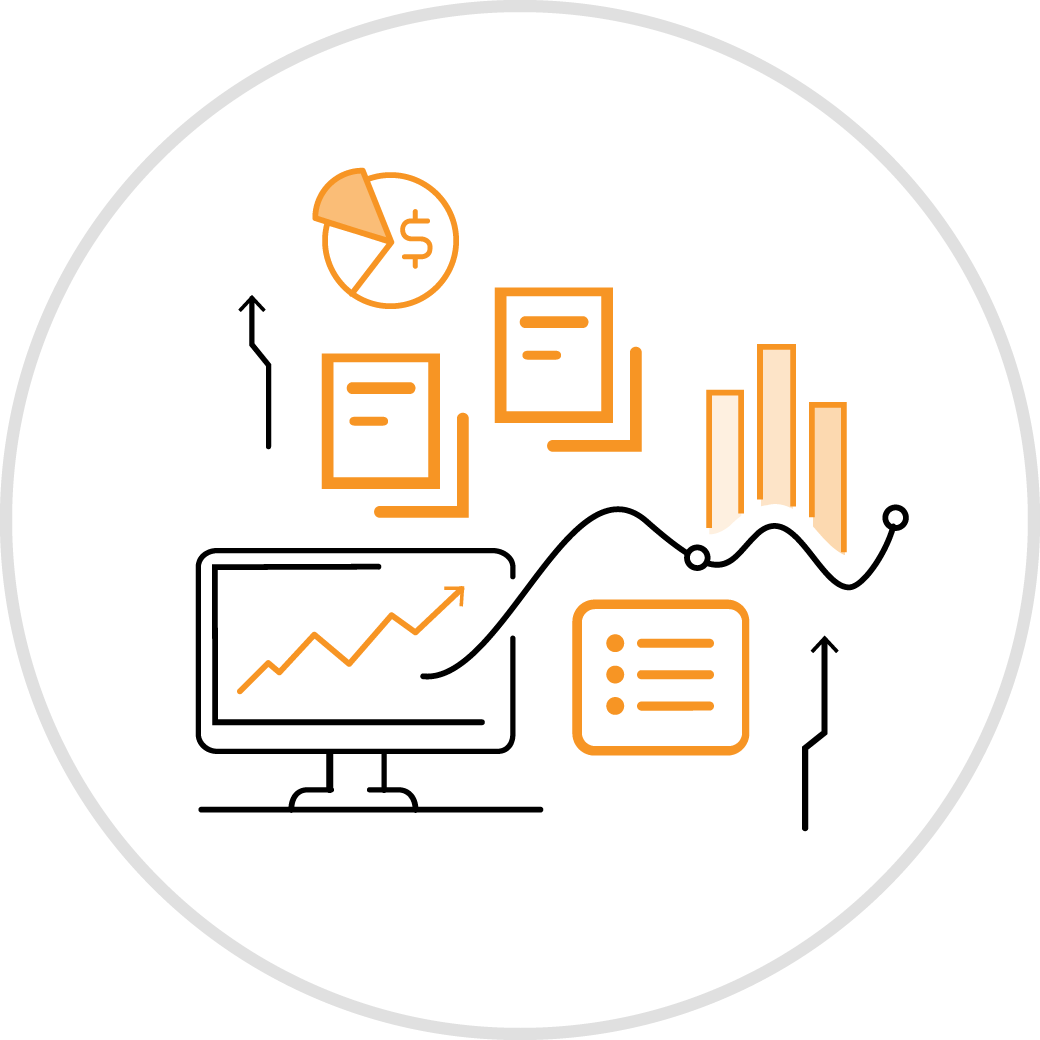
9. Internal Controls & Processes
- Data Collection: Confirm processes for collecting and updating lease data.
- Accuracy Checks: Ensure controls are in place to verify the accuracy of lease data and calculations.
- Approval Workflow: Check that there's a defined workflow for reviewing and approving lease entries.
-
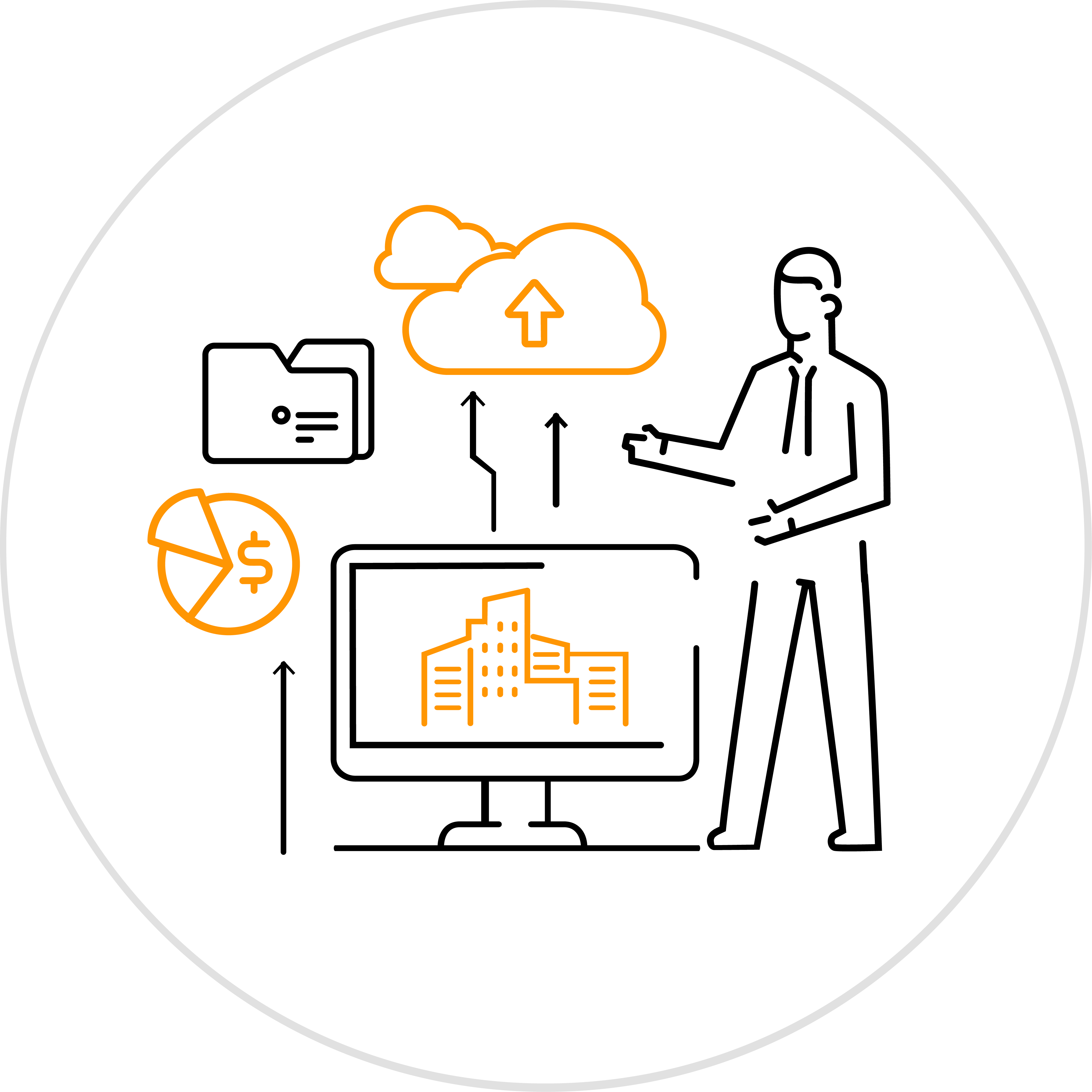
10. Lease Management Software (If Applicable)
- Software Compliance: Ensure that any lease management software used is compliant with ASC 842 requirements.
- Data Integrity: Check that the software maintains an accurate and up-to-date lease database.
- Audit Trail: Confirm the software provides a clear audit trail of all lease transactions and modifications.
- SOC 1: Confirm the software has been certified with a SOC 1 certification.
-

11. Other Considerations
- Force Majeure Clauses: Review any force majeure clauses and their implications.
- Insurance Requirements: Confirm compliance with any insurance requirements stipulated in the lease.
- Maintenance & Repair Obligations: Review and confirm who is responsible for maintenance and repairs.
-

Let iLeasePro Help You in Your Auditing Journey
By methodically working through this checklist, you'll ensure a thorough and accurate lease audit, keeping your organization compliant and transparent in its leasing activities.
At iLeasePro, we’ve been helping companies understand and implement ASC 842 since it replaced ASC 840 in December of 2021. We know standard inside out, and we know that iLeasePro will help you be in compliance and pass your audit.
We’ve done this for both small and large businesses, and we’ve also helped these companies use ASC 842 as a business tool to operate more efficiently, get better reporting and use their leases as assets. When you call us we can set you up with a lease accounting software free demo so you can see how it all works.
To do this, call us at 888-351-4606, or you can email us at info@ileasepro.com We also have plenty of great information about lease accounting software on our website, which is ileasepro.com, and you can chat with a live representative there as well.
